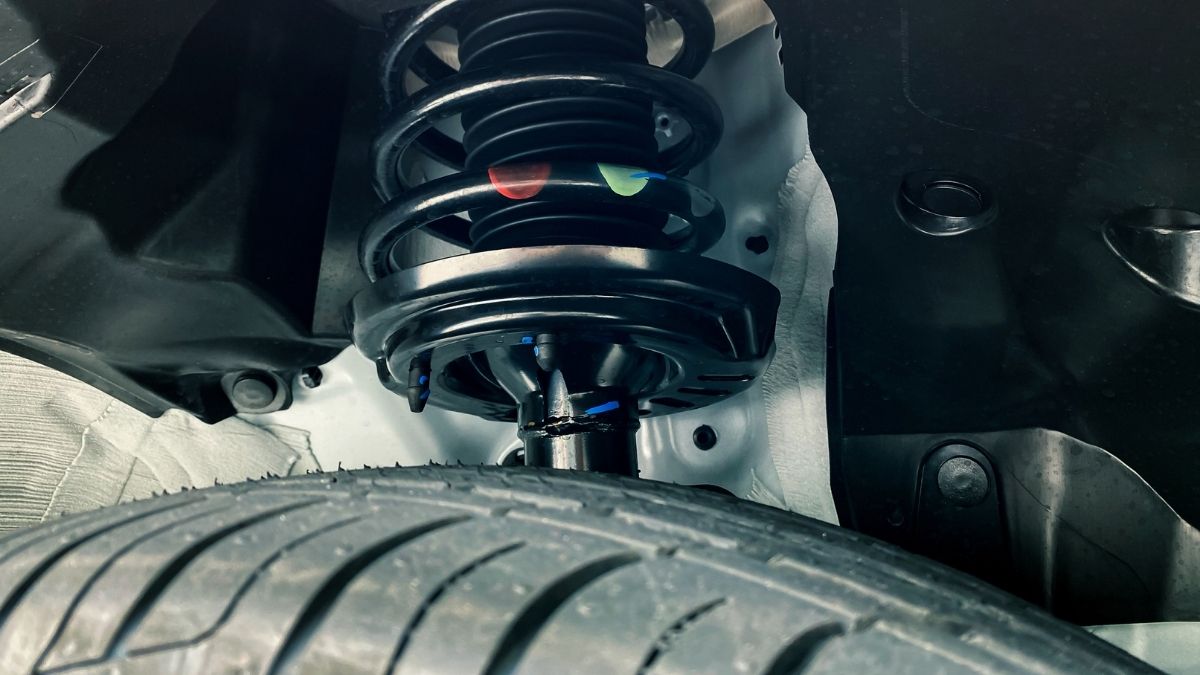Racing is an activity that asks a lot from a car, but not every model is ready to perform this way. Thus, aftermarket upgrades exist to help drivers bring their rides up to track standards. So, how do you begin building a better ride? Read these three basics things you need to know about race suspension tuning so that you can have a car you’re proud to sit in every day.
How It Helps
Race suspension tuning might sound cool to you, but is it the best upgrade for the performance you want? To clarify whether this upgrade is right for you, let’s break down what suspension tuning is in the first place.
Simply put, suspension tuning aims to optimize cars for racetrack conditions. It improves functions like turns and braking. Turning and braking on the track is quite different from on the average city street.
Optimizing tire grip on the road is essential when you're on the racetrack. This accommodation is particularly crucial because weather and track conditions vary from race to race. So, let’s dive into the components that will help you achieve that kind of grip on the road.
Must-Have Upgrades
The hardware is among the basic things you need to know about race suspension tuning. A stiffer suspension system can help you reduce unwanted sway during turns on the track, but how do you change the car’s stiffness? The key to controlling your car’s suspension is a quality coilover set.
Coilovers provide drivers with an easy way to adjust ride height, damping, and camber. As a result, this suspension setup will help you optimize your ride for the track, with wiggle room to make more performance adjustments whenever necessary. It also doesn’t hurt that lowering your ride provides a sportier look when you’re on the track. Now, let’s address one of the most important and fun parts of suspension upgrades—putting that new hardware to the test.
Putting Your Upgrades to the Test
All your upgrades might look excellent on paper, but how they perform and feel to you are the most significant indicators of success. After tuning your suspension, are you happy with the performance? If not, step back and consider what isn’t working. Of course, it’s understandable if your initial feeling is frustration, but experimenting is one of the most fulfilling parts of upgrading cars with aftermarket parts.
Luckily, finding new components for your car’s suspension is far from laborious. For example, our coilovers shop is full of kits and components drivers can use to fine-tune their rides, including for racing applications. So, now that you know the essentials of race suspension tuning, you can gather the gear you need to start as soon as you want.


Share:
Common Mistakes To Avoid When Adjusting Coilovers
3 Effective Ways To Prevent Problems With Your Suspension